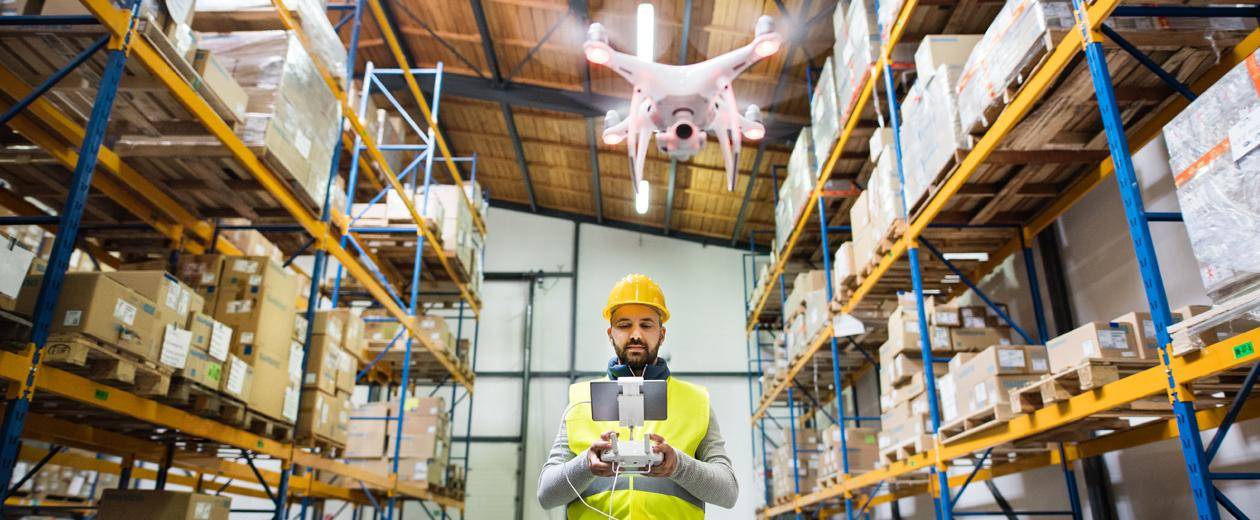Artificial Intelligence into Warehouse Technologies

Artificial Intelligence (AI) can be used to replace humans for activities involving routine and repetitive tasks. But AI, and machine learning in particular, are also used when data sets and speed of computation are simply too complex or too fast for humans to do effectively. This is where warehouse technology solution providers are applying AI.
Clint Reiser and Steve Banker of ARC Advisory Group discuss how the new focus is on using these techniques to improve supply chain applications, including warehousing technologies.
For warehouse applications, self-modification is an important characteristic of machine learning.
Machine learning’s ability to adapt to changing conditions makes it a particularly good fit for today’s e-commerce warehouses, where new orders are continually introduced into the existing work load. Waveless warehouse operations are a strong fit for machine learning.
Adam Kline, Senior Director of Product Management at Manhattan Associates explained how Manhattan’s Order Streaming capabilities leverage machine learning to sense and adapt to changing conditions and priorities in the warehouse. Pick density may be the initial priority, but as carrier cut-off times approach, meeting service level agreements (SLAs) for orders takes precedence. Here, machine learning is used to predict the time required to complete work. An optimization algorithm then uses those results to balance competing requirements to make optimum use of available capacity.
Increasingly, warehouse AMRs have vision systems that allow them to navigate safely around humans and share common transit paths. Machine learning technologies drive these vision systems that typically rely on “supervised training” to show a robot how to safely navigate through a warehouse.
A warehouse is often a chaotic environment. An aisle that is clear one minute, can be obstructed the next. When training a vision system to recognize and react to its environment, robots in warehouses are apt to discover things they have never seen and don’t know how to react to.
Recommendations
Because AI talent is so expensive, rather than attempt to develop it internally, it probably makes sense to work with an established supply chain company or AI startup to develop these types of sophisticated solutions. This is particularly true as a recent ARC Advisory Group survey shows finding qualified applicants who want to work in the warehouse is significantly more difficult than it was just a few years age.
It is also worth noting that established warehouse software and technology companies are anxious and willing to work on innovative new AI and machine learning applications and that they have a strong operational research talent.

